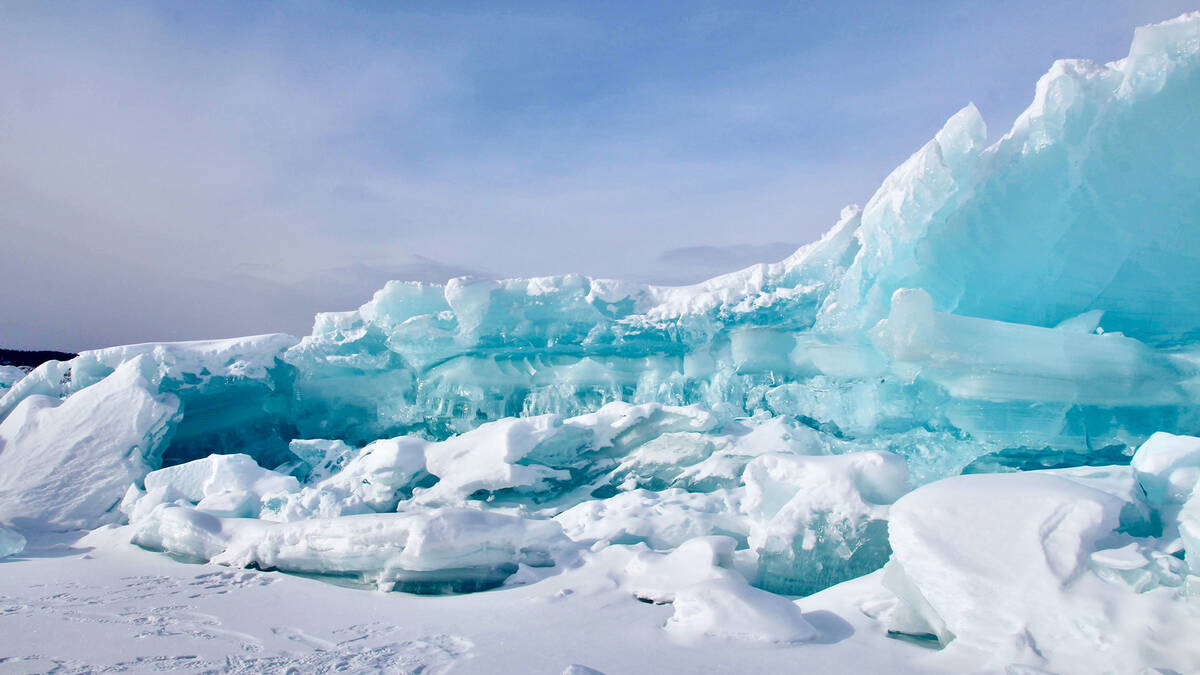The essential elixir of life
Learn interesting facts about the elixir of life
Water is an astounding element. Its chemical structure looks like a V: Like arms, one hydrogen element hangs on each side of the single oxygen element in the middle. The transparent liquid is unlike any other substance on this planet. Scientists have discovered 40 different anomalies in water so far, which makes some people think it is a magical element. Life on Earth originated here. The majority of the human body is made of this element, which is needed for all metabolic processes. Find out even more exciting facts about the vital resource that is water in this article.

Exciting facts: How we use precious water

People use water from the hyporheic zones or groundwater of natural streams. The term ‘hyporheic zone’ describes the region beneath and alongside a stream bed, where shallow groundwater and surface water mix. The groundwater comes from rainfall, which trickles into the soil until it accumulates over an impervious layer.
What is the water treatment process?
For us to drink it, natural water needs to be treated in a multi-step process. In coagulation, positively charged substances bond with negatively charged impurities to filter them out. In sedimentation, gravity is used to remove particles at the bottom of the supply facilities. Various filters made of sand and charcoal can remove pathogens. A disinfectant such as chlorine then kills off the remaining germs.
Uses and consumption
According to an OECD study from 2016, agriculture irrigation accounts for 70 percent of water use worldwide. In Europe, industry and commerce are responsible for around 55 percent of overall consumption, while private households consume a whopping 13 percent.
H2O and climate protection
Climate change is impairing water quality through acid rain and other occurrences and is reducing the amount of this vital resource through evaporation.
According to the UNESCO World Water Development Report 2020, sustainable management can, however, strengthen climate protection. If water losses and the consumption of this valuable resource are reduced, it also cuts down on energy consumption and emissions.
Untreated wastewater is a source of greenhouse gases. At the same time, however, its treatment contributes around seven percent to global emissions. But UNESCO believes this figure can be reduced through improved processes and energy-saving measures. Wastewater treatment can also be used as an energy source. According to UNESCO, preserving and rewilding natural wetlands are also important for climate protection.
10 key facts about water
- The average human body is made up of 55 to 65 percent water. When we are first born, this figure can be as high as 78 percent.
- The oceans hold 97 percent of the Earth's water. Around 2.5 percent is inaccessible freshwater in glaciers and beneath the Earth’s surface. Only 0.5 percent of it can be used as drinking water.
- If all the water vapour in our planet’s atmosphere were to be spread out evenly and rain down at once, it would only cover the globe to a depth of 2.5 centimetres.
- The average raindrop has a diameter of one to three millimetres.
- In 2021, the daily per capita consumption of water in the UK was 153 litres.
- Up to 20 litres of water per minute flow through a tap. hansgrohe EcoSmart taps limit the flow to around five litres per minute. By that logic, if you turn off the water when brushing your teeth, you can save at least ten litres.
- A bath tub can hold between 150 and 180 litres of water. An average shower head supplies 12 to 15 litres per minute. The EcoSmart products from hansgrohe limit this amount to between six and nine litres per minute. Use our calculator to instantly see how much you can save on energy costs here and how many trees you could feed with the water you have saved.
- It takes around 140 litres of water to make the coffee beans for one cup of coffee.
- Making one pint beer consumes 168 litres of the wet stuff.
- Around one third of the total water used in a German household flushes the toilet.

A vital element and scarce resource
Some scientists describe H2O as a magical element because it cannot be compared to any other substance. Only 0.5 percent of the global amount is suitable for use as drinking water. Climate change is making it a scarce resource. Better management through international cooperation and minor changes in behaviour, including the way we brush our teeth, will help to save this vital resource.
Sources used
The Water in You: Water and the Human Body
OECD Council Recommendation on Water
UN World Water Development Report 2020: Water and Climate Change
The Water in You: Water and the Human Body
Where is all of the Earth's water?
The Atmosphere and the Water Cycle
UK Water industry 2020/21 performance data
From farm to cup: the life of a coffee bean
How much water goes into producing our food and drink?
Some interesting facts about water
Frequently asked questions about water
International cooperation is the only way to ensure that this valuable resource is more evenly distributed across the world.
A full bath requires around 150 to 180 litres. When showering, twelve to 15 litres flow per minute.
Climate change reduces the available amount of water and impairs its quality.
It is unlike any other liquid on Earth, with 40 known anomalies.

Download “The Green Bathroom”
Renovate and build in an eco-friendly way. Learn key facts about sustainable bathroom renovation in the hansgrohe whitepaper.
Trusted partners